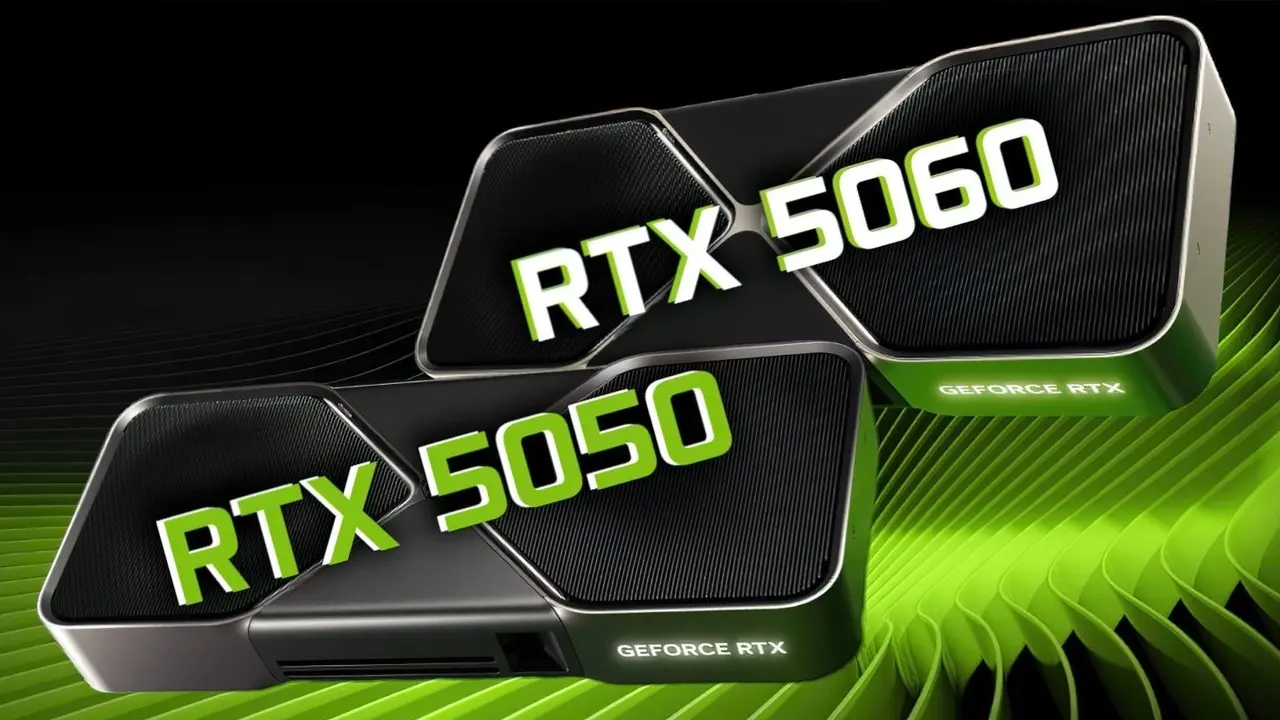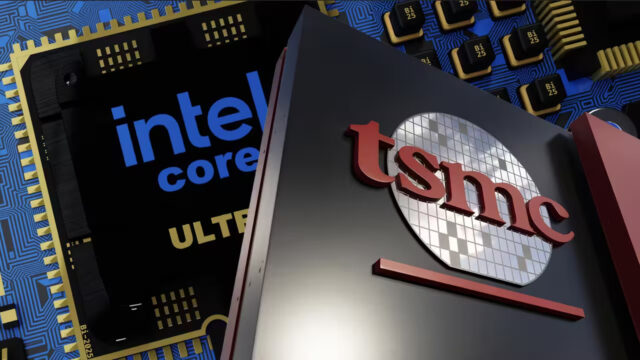The technical specifications of Nvidia’s new graphics card, the GeForce RTX 5050, positioned in the entry segment, have been clarified. The model, which has been known only with its PCI device ID for a long time, is being officially introduced in July. All the details of the card, from its memory structure to its power consumption, from the number of cores to the GPU used, have come to light.
Nvidia GeForce RTX 5050 is officially coming
RTX 5050 comes with 8 GB of GDDR6 memory. This memory operates at 20 Gbps and offers a total bandwidth of 320 GB/s with a 128-bit data path. While the configuration is similar to current mid-range cards, AMD’s RX 9060 XT model in the same segment has also been released with similar technical specifications.

In the new model, Nvidia includes GDDR6 memory instead of GDDR7. This choice is considered to be cost-oriented. The GB207 GPU in the RTX 5050 is based on the Blackwell architecture and is defined as the smallest chip of this architecture. The GPU contains a total of 2,560 CUDA cores. The total graphics power (TBP) of the card varies between 135W and 145W.
There is also a structure that draws attention in terms of power distribution. The card has a 3+2 phase VRM configuration. 3 phases are directed to the GPU, and 2 phases are directed to the memory. This structure indicates a more advanced design compared to the single phase VRAM system used in the RTX 4060 model.
The RTX 5060 model, which is currently on the market, is on sale with an MSRP tag of $ 299, but it is not seeing the expected interest. The RTX 5050 is planned to be released with a price between $ 199 and $ 249.













